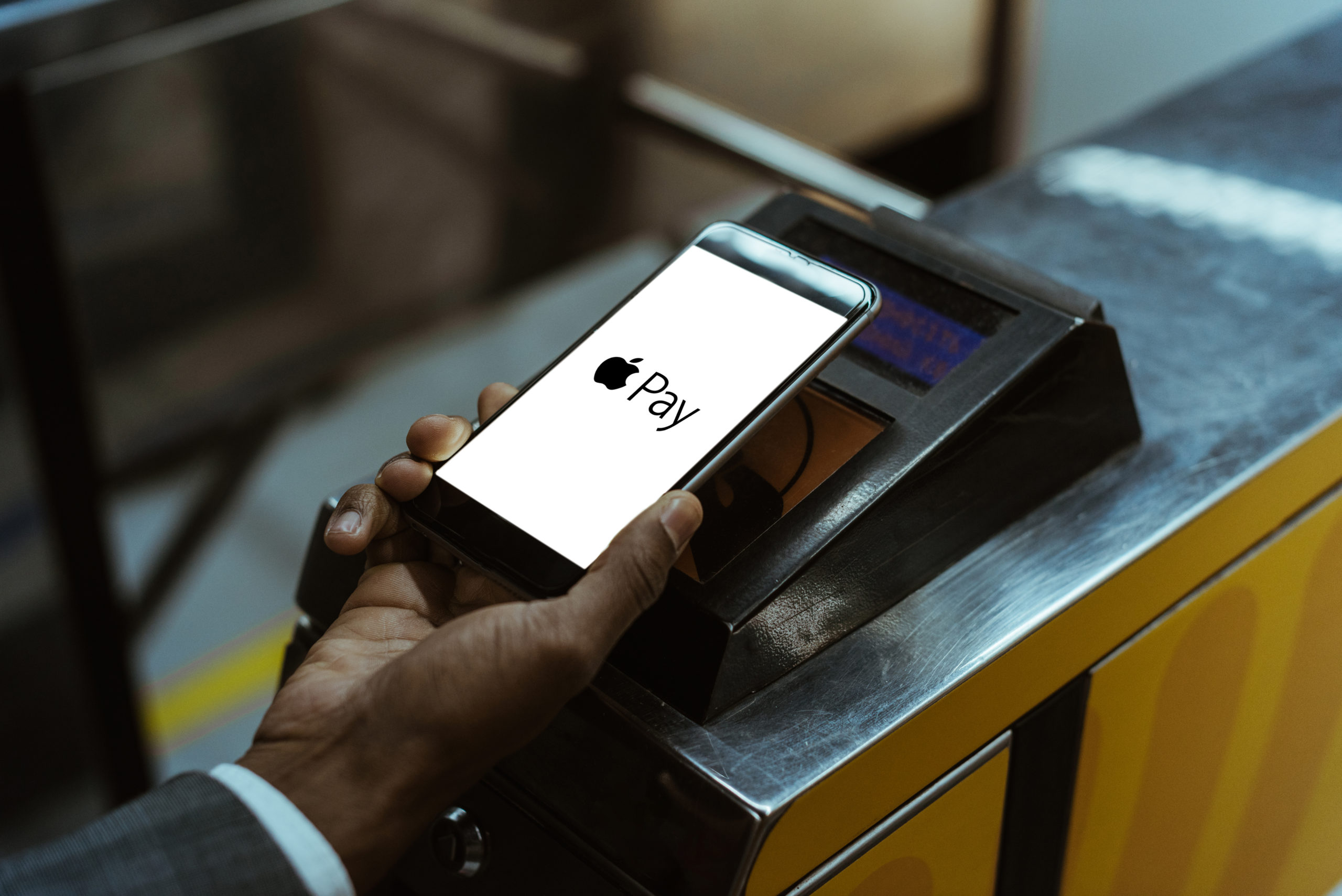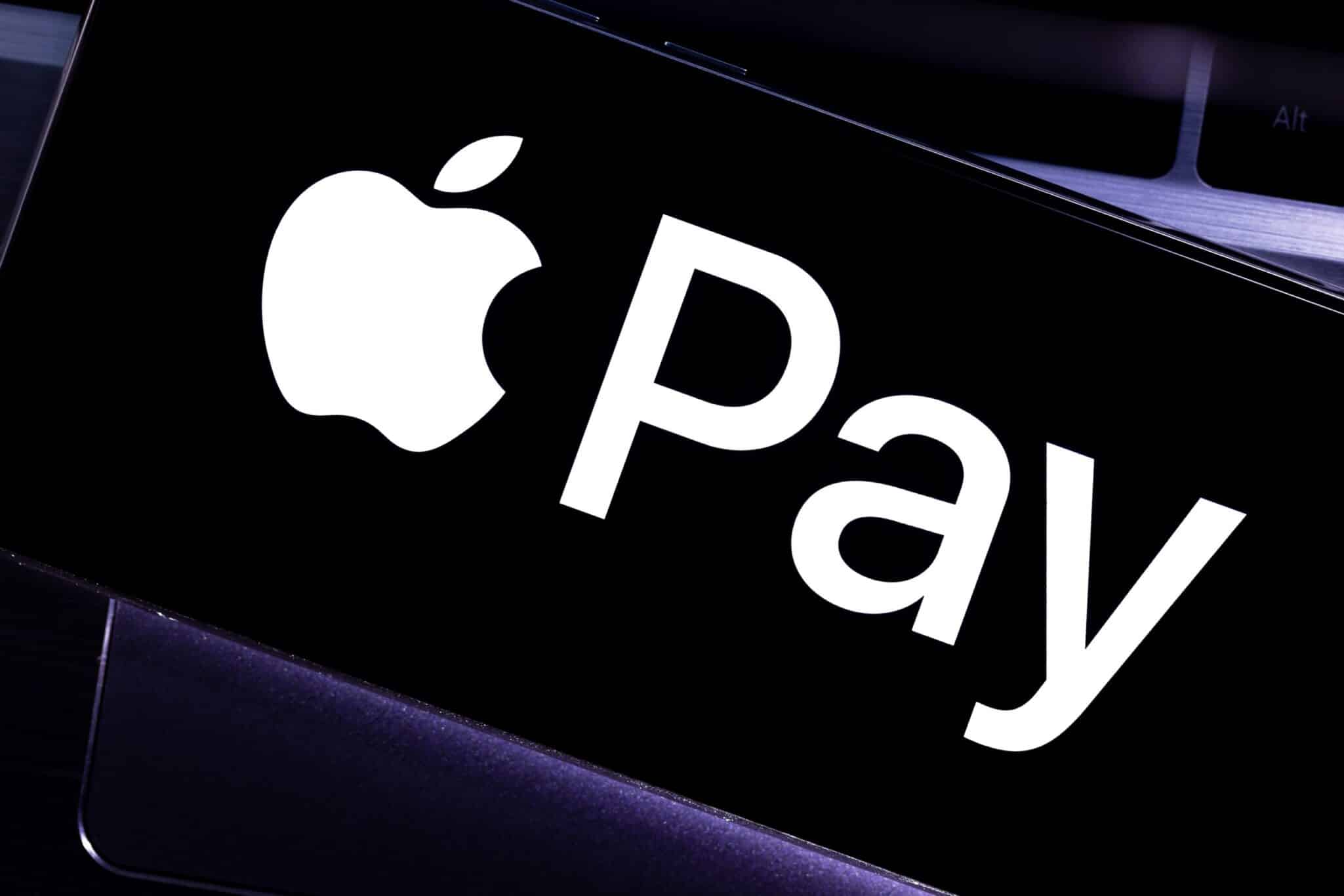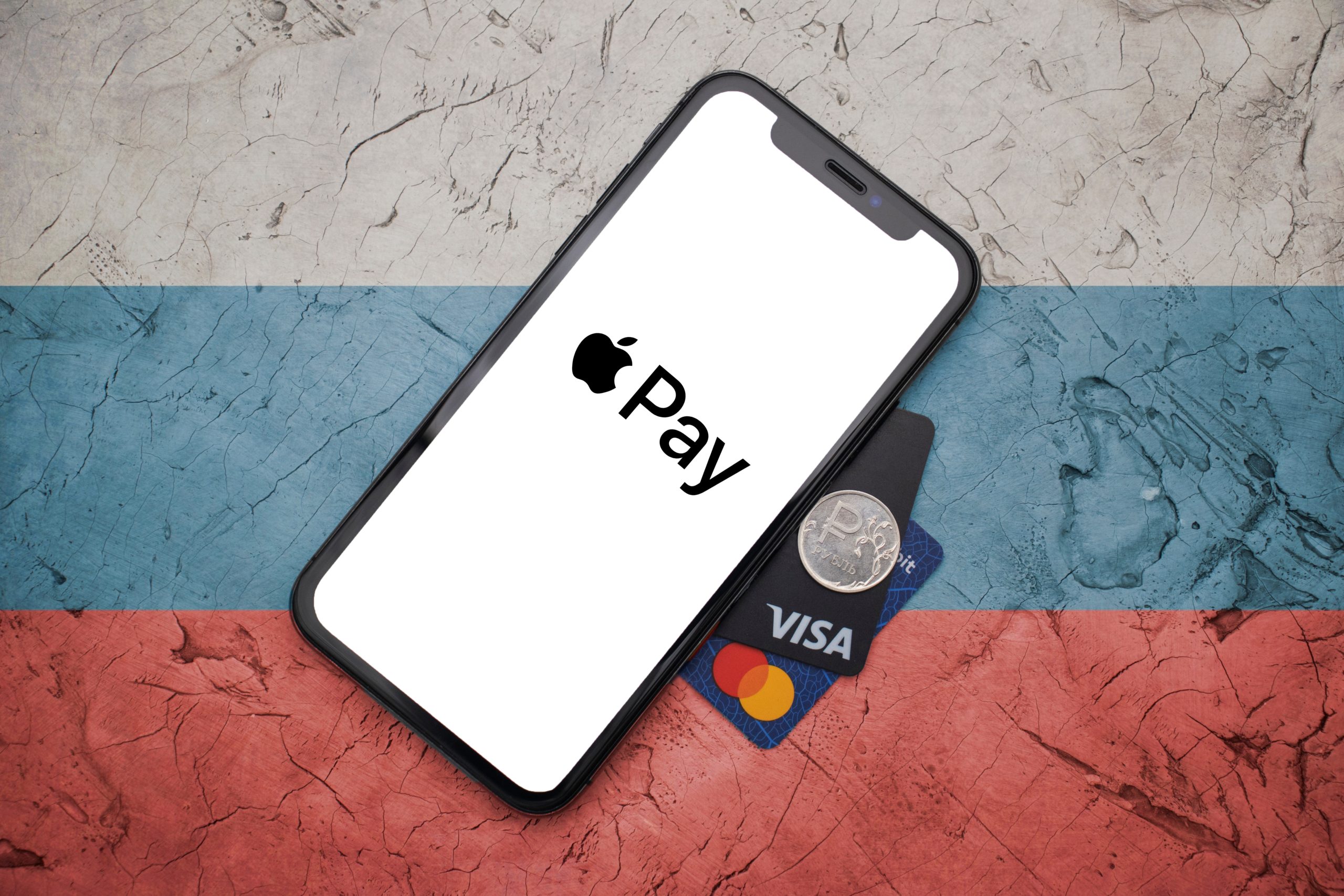Apple Card & Apple Pay Later: What's Behind Apple's Foray Into Consumer Finance

Apple has been playing around in the consumer finance arena for a while. However, their penetration in the space has only grown deeper over time as the electronics retail giant increases its bets in the space.
The tech giant’s finance journey first unfolded with supporting contactless payments using Apple Pay in 2014. After that, they launched the Apple Card in 2019, And now Apple is creating ripples with its foray into the buy-now-pay-later (BNPL) segment with its latest offering Apple Pay Later.
This blog examines Apple's blurring tech and finance boundaries. It looks closely at the products Apple Card and Apple Pay Later and seeks to explain what this means for merchants, customers, and the dispute process.
What is the Apple Card?
The Apple Card is a unique credit card that’s equipped with a number of consumer-friendly features. These include no penalties for late payments, the absence of commonly seen credit card charges, and immediate cashback for eligible rewards. Initially, Apple Card applications were only from the wallet app, restricting its availability to iPhone users. Now, anyone with an Apple device and a suitable credit score can obtain it from the Apple Card website.
Goldman Sachs is Apple Card’s issuer, while the payments infrastructure behind the card works on the Mastercard credit card network.
The Apple Card is similar to other cards in the sense that it is a Mastercard-branded credit card with similar contactless payment processing methods. What makes it different is that the card only includes the cardholder's name. It bears none of the information fraudsters could steal or misuse, such as the account number, CVV, or expiration date. It also comes with a magnetic stripe and EMV chip, but no pin.
The card is designed to work with the Apple Wallet for contactless payments that store the payment authorization credentials. The app is linked to the card and provides the cardholder with details like virtual account number credentials to use safely online and in other card-not-present environments.
Cardholders need to simply validate their identity by logging into the Wallet app and authorizing using their passcode.
What is Apple Pay Later?
Apple Pay Later is the tech giant's foray into the Buy Now Pay Later (BPNL) payment method, enabling consumers to purchase goods with the option of deferred payments at no extra cost. Consumers can access it from within Apple Pay or the Apple Wallet and use it to finance online or in-app transactions.
It allows making purchases and paying back the amount in four equal installments over the course of six weeks with no interest to be paid by consumers. However, there is a transaction limit that is capped at $1,000. Like other BNPL providers, Apple charges retailers a fee in exchange for helping them boost their sales.
As Apple is not a bank, the technical loan issuer for Apply Pay Later is the company’s partner Goldman Sachs, the same issuer behind their credit card.
However, the lending decisions are routed through an Apple subsidiary, and loan funding comes from the company’s own balance sheet. This appears to be a move to enable Apple to earn better margins as compared to competitors like Klarna and Affirm, which connect consumers to third-party loan providers.

How do Apple financial products benefit consumers and merchants?
Apple's financial products present several benefits for both consumers and merchants.
Consumers enjoy the convenience of enhanced security due to the extraordinary safety measures deployed. Making payments is quite simple and easy, relying on a single click on their smartphones. . The best part is the cashback rewards and the absence of commonly charged fees. Unsurprisingly, data suggests that consumers made 92 percent of all the mobile wallet payments done in 2020 in the US using Apple Pay.
At the same time, merchants accepting these payments benefit from access to a broader pool of younger aged savvy customers and Apple's vast user base. This explains the 70 percent merchant adoption of Apple Pay by merchants in the U.S., as revealed by 2021 data.
What about the chargeback dispute process for Apple Card and Apple Pay Later?
As the Apple Card is essentially a credit card under the Mastercard network, the same rules apply with regard to chargebacks as apply to other issuer cards operating under the same card network.
The process for consumers to dispute a charge in the event that it is unrecognizable, of merchant error, or any other reason can be navigated from within the app. If a user disputes any transaction, the issuer, Goldman Sachs, has to step in to resolve the issue within regulatory timelines.
It's been seen that, usually, user purchases on the iTunes Store or App Store are a significant source of friendly fraud. When the charges are bundled or other family members make purchases with access to Apple ID, the original payers often fail to recognize them and file disputes. However, there is some respite for merchants with Apple's ability to restrict undue disputes and chargebacks. As the Wallet app provides detailed information about transactions in an easy-to-access manner, the likelihood of such invalid disputes over any unrecognizable debits becomes less likely. In addition, the support website from Apple encourages cardholders to investigate these possible explanations before attempting to file a dispute.
Meanwhile, when it comes to true fraud, advanced security features mean the chances of actual fraud using the Apple Card are also reduced.
However, Goldman Sachs was subject last year to a Consumer Financial Protection Bureau probe over its handling of Apple Card chargebacks. The bank had built an automated mechanism for customers to log disputes on payments using their iPhones; however, the back-end dispute resolution process was not automated to the same degree. Instead, Goldman Sach relied on outsourced business process organizations to handle disputes manually. The result was a deluge of consumer complaints over long wait times to handle payment disputes and inaccurate decisions regarding claims, leading to widespread dismay.
On the merchant side of things, the Apple Pay Later BNPL service, like most other BNPLs, appears to offer the major advantage of insulating merchants from chargebacks by design.
Using Apple Pay Later, the consumer pays the BNPL provider – Apple, who pays the merchant. Thus, there's no way for a customer dispute to result in a direct chargeback against the merchant, making it a more desirable option for them.
What's behind Apple's push into the financial world?
So why is Apple entering the financial world with these products in the first place? Other technology companies have also considered experiments with financial projects. For example, Facebook's parent Meta Platforms Inc. developed digital coins, whereas Alphabet Inc.'s Google planned for bank accounts. However, it wasn't easy, and they scaled back.
Apple, on the other hand, has been deepening its roots. For example, they acquired technology from companies that enable using credit scoring data effectively to make better lending decisions. Apple is also developing infrastructure such as its own processing system, tools for calculating interest and rewards, approving transactions, contacting and reporting data to credit bureaus, accepting or rejecting applications based on risk assessments, determining and increasing credit limits, and handling transaction histories.
All these moves appear to be driven by the motive of keeping users closely knit within its ecosystem and supporting complementary, symbiotic growth for its technology items. After all, these financial products are closely built within the iOS system in a way that locks its users into owning and holding on to their Apple devices to use the features best. Moreover, by design, Apple can gather more primary data on users' product spending. In theory, this gives them a competitive edge when assessing the creditworthiness of borrowers, limiting future losses.
Simultaneously, this segment also opens up revenue streams for the company. Even though the actual Apple Card revenues aren't publicly disclosed, reports suggest that Apple had negotiated a take of 0.15 percent of every transaction. Simultaneously, Apple will likely gain a competitive edge with Apple Pay Later due to keeping the financing in-house, thereby commanding a more significant chunk of the transaction fees.

Wrap-Up
Apple’s foray into consumer finance with Apple Card and Apple Pay Later unfolds several benefits for consumers and merchants alike. While consumers enjoy no charges or interest-exempt credit, merchants get to tap into Apple’s user base.
It appears that Apple’s foray is driven by the motive to consolidate its position and keep its users closely knit within the iOS ecosystem, while enjoying a competitive edge in providing financial services by utilizing its access to consumer spending data.
If you want to stay abreast with the latest development in the payment ecosystem, follow the Justt blog. If you’re a merchant seeking support to win back revenues lost to chargeback fraud, talk to one of our chargeback experts.







